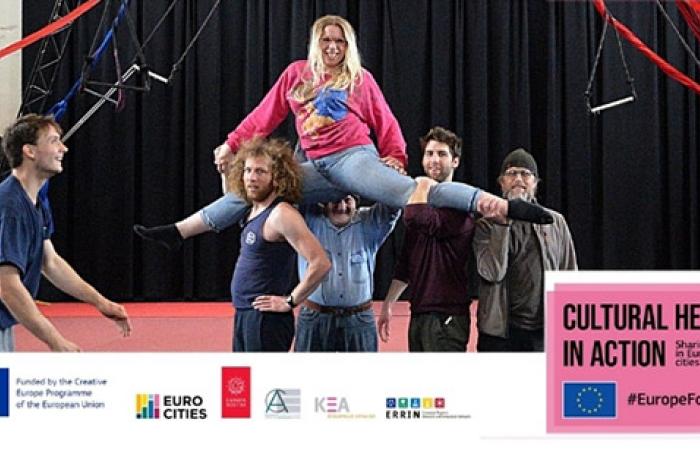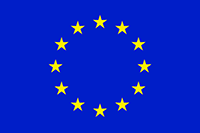Cultural Heritage as a powerful resource to address social challenges
Cultural heritage, whether tangible or intangible, is one of Europe’s greatest strengths and it is increasingly considered as a strategic priority of European cities and regions. Cultural heritage is in many ways a powerful resource for urban regeneration, sense of belonging and community cohesion.
During the last decade, policymakers have explored the potential of cultural heritage for territorial development through a variety of initiatives, from large-scale pan-European projects (for instance through the current research and innovation funding programme, Horizon 2020, which invested more than EUR 500 million on actions dedicated to heritage) to locally rooted and bottom-up actions.
Following an open call for contribution launched in February 2020, the Cultural Heritage In Action project aimed to collect and identify innovative and impactful examples of policies, projects, events or organisational structures developed by local and regional authorities which will hopefully inspire others within Europe.
32 case studies to demonstrate the role of cultural heritage across cities and regions
32 initiatives, selected from more than 120 applications, were carefully evaluated by the Cultural Heritage in Action consortium members in collaboration with the European Commission and are now available for consultation and download in the new European catalogue of good practices.
The catalogue of inspiring local stories focuses on 3 main topics:
- Participatory governance of cultural heritage: development of participatory and people-centred approaches that involve the public sector, private stakeholders and civil society to e.g. co-design cultural heritage policies and programmes or share management and safeguarding of cultural heritage;
- Adaptive reuse of built heritage: act of giving a new use to an obsolete, underused or misused building;
- Quality of interventions on cultural heritage: essential to bequeath our heritage to future generations – outcome of multiple factors including aesthetics, habitability, environmental friendliness, accessibility, integration into the surrounding environment and affordability.
Based on the selected good practices, 12 peer-learning visits will take place in 2021, bringing 20+ participants per visit (urban, rural and regional policy makers as well as individuals with demonstrated interest and expertise).
CIRCUSKERK, a good practice example led by the MESOC associated city of Ghent
Stories from the catalogue highlight new working methods developed by local and regional authorities with stakeholders, from neglected heritage buildings adapted to host small businesses or creative hubs, to local traditions and historic sites supporting social inclusion.
Notably, the MESOC associated city of Ghent figures in the catalogue with the initiative “CIRCUSKERK - Circus and activities for young people at risk”. The practice is a powerful example of how the rehabilitation of the social housing quarter ‘Malem’ supported the engagement of young people currently at risk of social exclusion. Project partners re-used a former parish church listed as non-protected heritage as a center for community arts practice that offers qualitative training and creates infrastructure for circus artists. The re-use of churches is high on the Flanders agenda as religious practice is declining. The local NGOs CIRCUSPLANEET and the municipal administration are using their experience to develop new projects in other parts of Ghent with similar challenges.
About the Cultural Heritage in Action project
Cultural Heritage in Action aims to empower cities and regions to strengthen their cultural heritage policies and initiatives and to develop innovative solutions to preserve cultural heritage assets. Funded by the European Union’s Creative Europe programme from January 2020 until April 2021, it is one of the actions of the European Framework for Action on Cultural Heritage. The project is led by MESOC’s Advisory Board member EUROCITIES with the support of MESOC partner KEA European Affairs. Other consortium members include the European Regions Research and Innovation Network (ERRIN), Europa Nostra and the Architects’ Council of Europe.
Do not hesitate to contact the project if you have any question: culturalheritageinaction@eurocities.eu.


